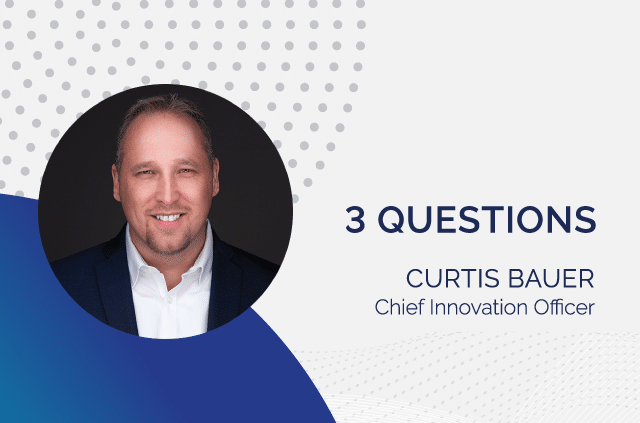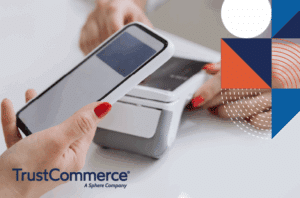We recently sat down with Curtis Bauer, Chief Innovation Officer of Sphere, to explore the changing landscape of payments. In this Q&A, he touches on consumer payment experience and preferences, the need for efficiency, and how the future of point-of-sale is here.
Q1: What are some ways the payments landscape has shifted to digital in recent years.
Building off the digital momentum of 2020, consumers have embraced new payment behaviors, reshaping what we know about commerce in the process. The offline and online worlds have merged for good, solidifying the digital-first economy as the new normal for businesses.
Even though in-person shopping has largely reopened, consumers have become accustomed to the simplicity and ease of e-commerce and are looking for that same payment experience everywhere.
Investing in meeting customers when, where, and how they want to pay is critical. Making it simple for consumers to transact while providing the support and confidence they need across every acceptance channel is essential.
Q2: How have labor shortages factored in?
We have witnessed notable labor shortages due to the great resignation and continued impact of COVID-19. While these shortages may be temporary, introducing and implementing new self-service payment solutions is not.
By embracing automation, hospitals, clinics, and providers, can do more with less, while serving patients more effectively—all while improving overall collection rates.
As workers return, implementing these new automation solutions will also leave organizations better prepared to serve patients in a digital-first economy.
Q3: How is the point-of-sale experience shifting with consumers?
I often say that almost every one of your patients or customers is walking around with a point-of-sale device in their pocket. Think about what that means for the future of payments. In addition, software development is cheaper, and everything is moving to the cloud, which is making it easier to turn almost any device into a potential point-of-sale solution. The era of single-purpose transaction terminals is coming to a close.
The COVID-19 pandemic enticed consumers to try contactless applications, and now they are spurring others on as well. Watching someone buying their morning coffee using their phone to pay makes others want to get on board with the latest technology.
Think about when you saw people at the airport use their phone to check-in to a flight for the first time. You were probably a little worried about their battery dying or internet connection failing. Now it is commonplace.
In fact, in an August 2021 survey of 3,000 U.S. adults, 68% said they had used a digital wallet in the past year, that’s compared to 58% in 2020 and only about half of that in 2019. The data tells us that consumer adoption is showing no signs of slowing down.
The line between face-to-face and online payment environments has become so blurred in some markets, it essentially no longer exists. As an example, Apple stores no longer have traditional checkout counters, instead, all their employees walk around with their point of sale and credit card reader in their hand and check out customers wherever they are in the store. Those “terminals” are really just iPhones with an embedded card reader to be able to accept a credit card transaction.
Over the next 5-10 years, we are going to see a completely reshaped consumer checkout experience, which is ultimately focused on making it easier for the consumer to pay. This will likely leverage your patient or customer’s “point of sale” in their pocket or saving/storing their payment information on file for future transactions.
We envision a future where you will be collecting co-payments and remaining balances before the patient shows up, upon arrival, or at any time—even in the exam room should you opt to do so.
Wrap Up
The digital first economy is here. With software development and smart devices, the landscape of payments is evolving very fast. Providing the most payment acceptance options possible, during all applicable engagement points is crucial.






